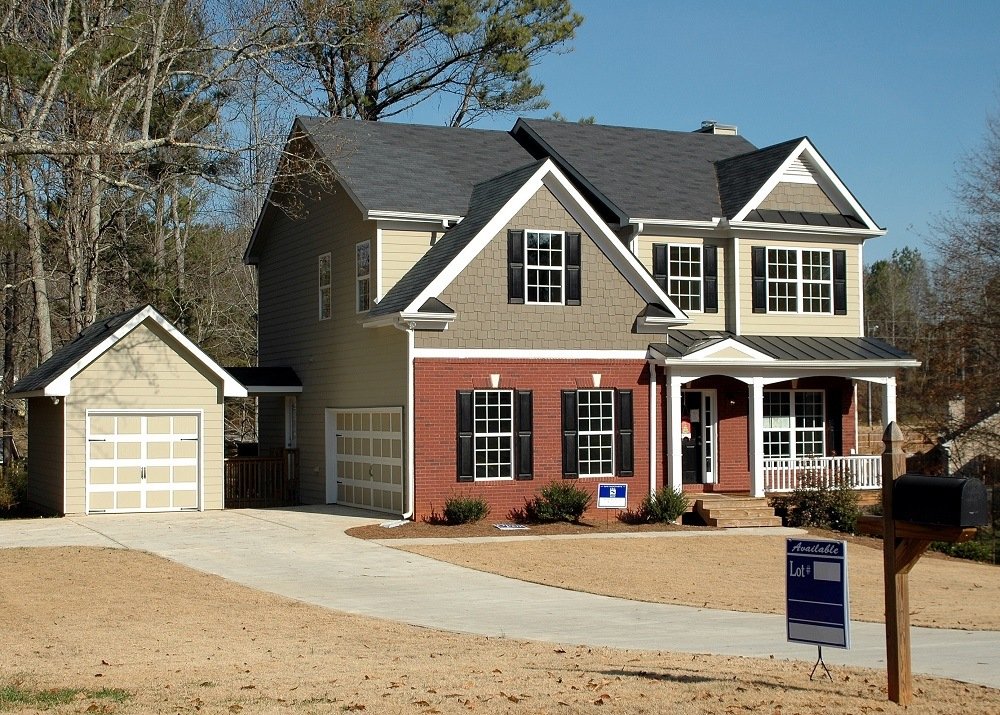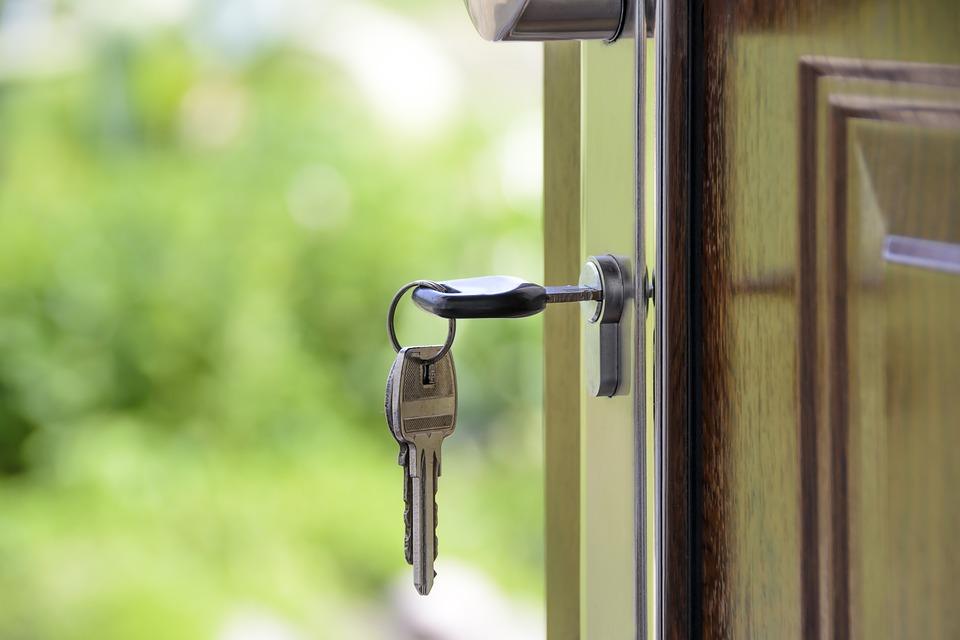Business
15 things you can do to increase your property revenue
The way to increase the value of a multifamily property is to either increase the income or decrease the expenses, which will affect the Net Operating Income (NOI).

Net operating income or NOI is used to evaluate the annually generated income from the real estate investments. NOI is a key metric that includes all revenue from the property apart from the operating expenses such as property insurance and taxes, janitorial, repair or maintenance fees.
The way to increase the value of a multifamily property is to either increase the income or decrease the expenses, which will affect the Net Operating Income (NOI). For the purposes of this article, I would like to focus on the top line of the investment, revenue, and how to grow the revenue of the asset. The asset classes that we focus upon are B & C properties. If you would like more information on NOI and increasing the value of your asset, read our article on three-step repositioning to add value.
Add additional units
On our most recent purchase, the property had laundry rooms spread throughout. The rooms were large, and we began to consolidate the laundry and decrease the size. We were able to create three additional studio units from the extra space, which allowed us to increase our monthly revenue by $1,800 per month. At a 7 cap, the value of the asset increased $308,500. We are in the process of building additional units throughout our portfolio from space that was deemed “useless” by previous owners. One of our favorite strategies is to convert units that are being utilized as storage units back into apartments. It’s a lot cheaper to go out and buy a shed to store your supplies.
Laundry revenue
When you think of laundry, you don’t think of excitement. But you should!! Laundry is a vital service that can attract and retain quality tenants while adding revenue to the bottom line. We recently interviewed John Steinhofer from Caldwell & Gregory, who went into depth about the merits of hiring a laundry provider. The discussion was focused on the new technologies in the market, how to draft a contract, how to receive a bonus from the laundry company, what to look for when assuming an existing contract and much more.
Storage
When we purchased our first property, there were four garages that were filled with crap (that’s an understatement). We decided to empty out the garages, place locks on the doors and rent them out as storage units. We generated an additional $200 per month while providing an amenity to the renter. If the property has space and there is a demand for storage, companies such as Betco and Trachte offer prefabricated and portable storage units. They range in cost and size to fit any budget.
Late fees
Every operator should be charging late fees to tenants who pay after a specified date in the lease. The reason is two-fold. The tenant will not want to incur a fee and extra income will be generated. Once a tenant pays the fee once, he will most likely not repeat that mistake. We charge a ten percent late fee to all rent that is received after the fifth of the month.
Utility bill back
Ratio Utility Billing (RUBS) is a program that allows the operator to bill back the tenants for the usage of water, sewer, electric, gas, cable, and garbage. To learn more about how to implement RUBS, click on the article above and visit NWP. It has been such a vital component of our value-add strategy that we have created the three-step framework. It has literally created millions of dollars of value on our properties.
Application
Every landlord needs to process background checks and evaluate all potential tenants. You are giving control of your asset to a potential problem. Every tenant needs to be screened, and you should charge the market rate. In our market, we are currently charging $45 per applicant. You may be able to purchase these reports at a discount and earn revenue while protecting your asset. The company we use charges us $16 per report.
Move in fees
We have acquired properties that utilize security deposits, but we decided to jettison security deposits and replace them with non-refundable move-in fees. Our feeling is that security deposits can create an uneasy feeling between the owner and tenant (when am I going to get my money back), and we wanted to avoid this uneasiness. Plus, we wanted to collect the fee and retain it. In our market, move in fees range anywhere from $300 to $500. In some markets, this also creates a low barrier to entry for tenants.
You may be asking “What happens if the tenant damages my property?” Our solution is to have the tenant purchase Sure Deposit, in addition to the move-in fee. SureDeposit is a risk management tool that enhances traditional security deposits by offering surety bonds to residents. Most tenants do leave their apartments in decent shape, and we use part of the move in fee to turn the apartment for the next tenant.
Renter’s insurance
Some property owners require tenants to carry renter’s insurance. If a tenant’s property gets damaged, the landlord’s policy does not cover any of the tenant’s contents. We do not require tenants to own renter’s insurance, but our software company Appfolio offers renter insurance for $9 per unit. As the operator, you can turn around and charge the tenant a very competitive $15 per month. Kill two birds with one stone! Protect your asset and make a few bucks.

Short-term leasing is a great way to increase your property revenue since you can add premium fees on top the actual rental cost. (Source)
Short-term rentals
We had a few requests by tenants at our properties that inquired about short-term leases, anywhere from three to six months in duration. At first, we decided against it. But, we noticed that these requests were becoming more frequent and we could charge a sizable premium in rent for a short-term lease.
The end result has been terrific for the company. We were able to fill a need for the tenant base, along with generating additional income. When the market is asking for something, it is the job of an entrepreneur to listen and to try and provide the solution.
Rent amenities
If your property has a clubhouse that is underutilized, consider renting it out to tenants for functions. Does your fitness center sit empty most of the day? Rent it out to yoga teachers and personal trainers. Tenants will love the service, instructors will earn money and you will maximize the amenities on the property. The use of these amenities will also begin to create a more pleasant atmosphere within your property.
Parking
Parking is becoming more of a luxury in many of the expanding cities throughout the U.S. If there is a demand for parking in your market, rent out spaces to individuals. On our four-plex in New York, we rent out spaces for $50 per month. I wish I had more parking!!
Cable
When we assumed control of our most recent acquisition, the owners had just signed an exclusive cable contract with a provider for $50,000. Guess who got the money? Although the contract lasts seven years, the company paid the bonus up front. If you purchase a property with an existing contract, ask the seller to pro-rata the fee and credit it to you at closing. You are obligated to abide by the terms in the contract. Why shouldn’t you be entitled to the remaining value on that contract? If your property does not have any type of contract, try to negotiate with a cable provider in your market.
Vending
You may not see a surge in revenue from installing vending machines, but they do provide a service for the tenants. Locate vending machines in common areas, such as the pool, clubhouse, laundry rooms and the office.
Pet fee
Knoxville, TN is known as one of the pet friendliest cities in the U.S. If we decided against renting to pet owners, we would be eliminating around 50% of our potential prospects. We even constructed a dog park on one of our properties to accommodate the pet owners. In our market, we collect a $125 non-refundable pet fee PER animal, along with a $25 per month charge. We turned a potential problem into a win-win for us and for the pet owners.
Built-in increase
In our leases, we have a built-in rent increase upon renewal. The increase is only 3%, which calculates to approximately $15 per month. But that is huge for us. It ensures that our rents are always priced to the market, and it is a hedge against inflation. Rents have climbed dramatically over the past several years, and many of the mom and pops have not kept up. We don’t want to become another mom and pop.
We have focused solely on increasing rents, and have yet to discuss expenses. I would like to address something that Jake calls refers to as the “expense creep”. What is it? Jake’s simplified definition is those teeny weeny expenses creeping up each year until you wake up and notice they aren’t that small taken collectively. How do you guard against expense creep? Let your vendors and service providers know that you will be reviewing their services at the end of each year. You need to keep them honest and competitive. Who should you include in your review?
– Insurance
– Accounting/Bookkeeping
– Software providers
– Cell Phone/Internet Services
– Trash removal
– Pest control
– Cleaning
– Property management
– Leasing
– Marketing
– Carpet and flooring
– Laundry leasing
– Painters (Try every month)
– Electricians
– Plumbers
– Landscaping
– HVAC
– Home Depot/Lowes/HD Supply
For every dollar of expenses saved, that is one dollar that goes straight to NOI.
—
DISCLAIMER: This article expresses my own ideas and opinions. Any information I have shared are from sources that I believe to be reliable and accurate. I did not receive any financial compensation in writing this post, nor do I own any shares in any company I’ve mentioned. I encourage any reader to do their own diligent research first before making any investment decisions.

-

 Markets2 weeks ago
Markets2 weeks agoRice Market Rebounds from Oversold Lows Amid Weak Demand
-

 Crypto7 days ago
Crypto7 days agoEthereum in 2025: Volatility, Maturity, and Strategic Renewal
-

 Africa2 weeks ago
Africa2 weeks agoMorocco’s Rising Country Risk Profile Boosts Investor Confidence
-

 Markets6 days ago
Markets6 days agoSugar Markets Cautious Amid Surplus Outlook and Steady Demand


![Kevin Harrington - 1.5 Minutes to a Lifetime of Wealth [OTC: RSTN]](https://born2invest.com/wp-content/uploads/2023/12/kevin-harrington-400x240.jpg)
![Kevin Harrington - 1.5 Minutes to a Lifetime of Wealth [OTC: RSTN]](https://born2invest.com/wp-content/uploads/2023/12/kevin-harrington-80x80.jpg)




















You must be logged in to post a comment Login